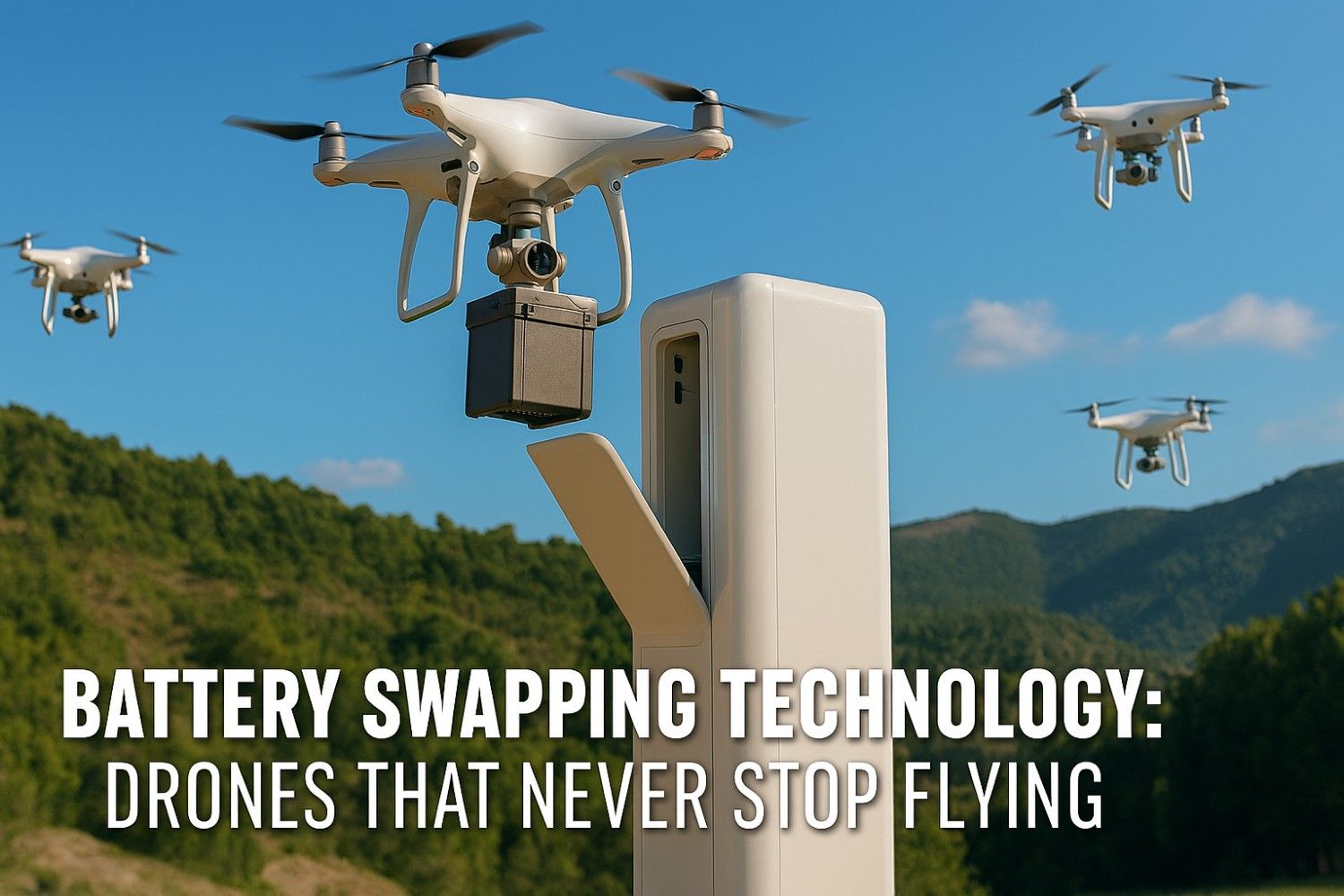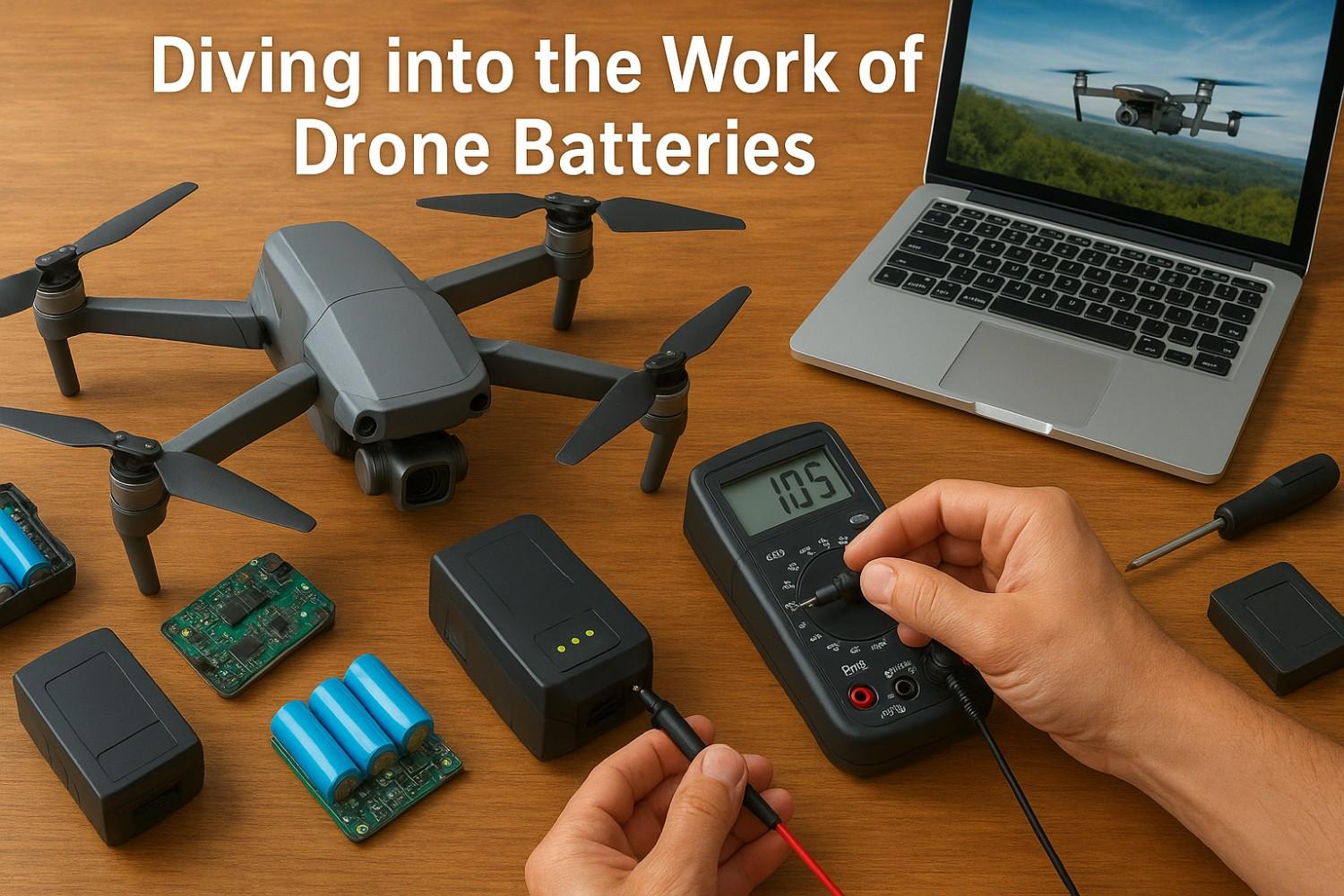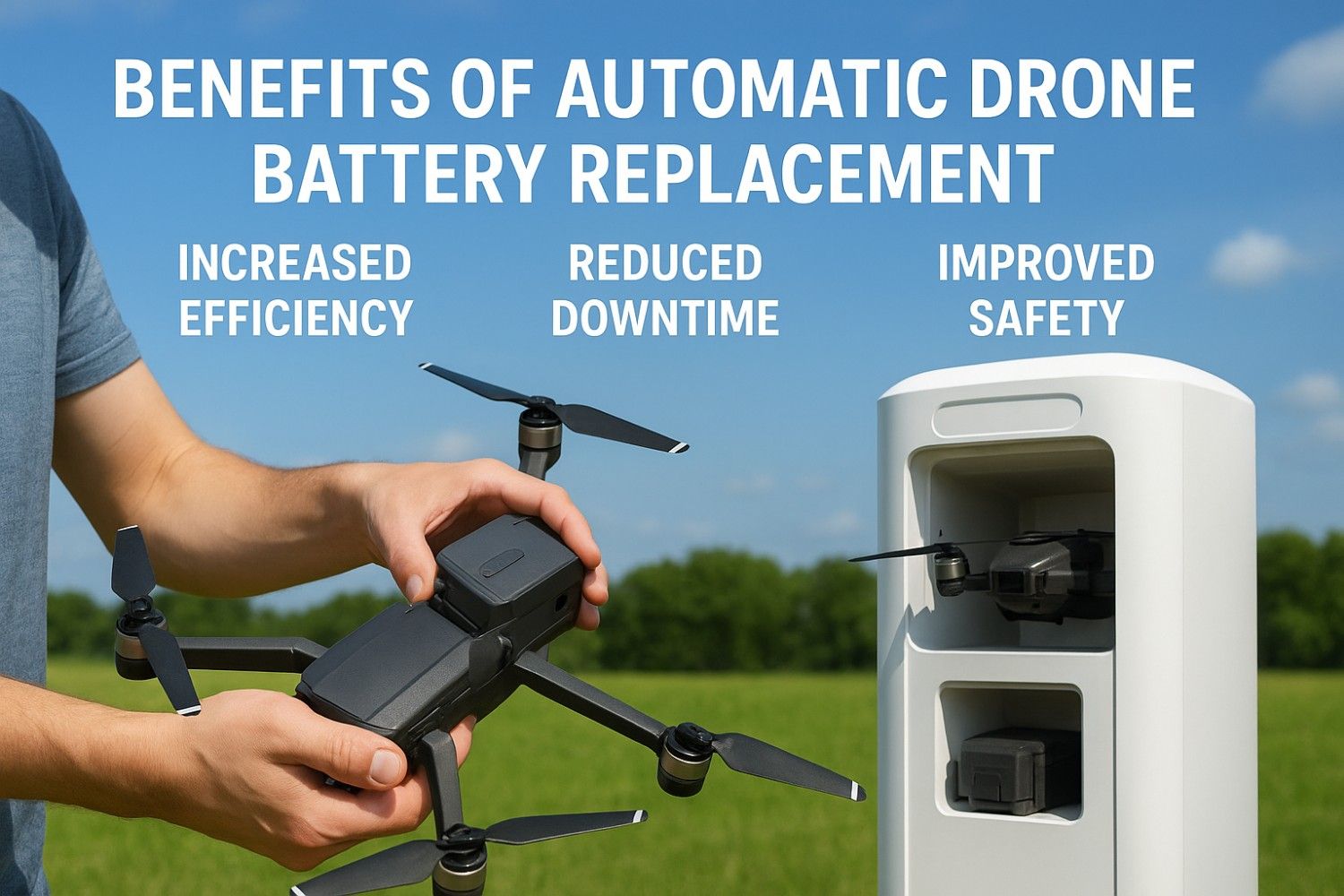How Modular Drone Design is Changing the Hardware Game?
There has been a significant increase in the use of drones in agriculture, disaster management, security, mining, infrastructure inspection and

Battery power is an essential aspect for drones, which have to make an awkward tradeoff between the battery they carry, the amount of other, additionally valuable stuff they carry and how long they can stay airborne. Consumer drones account for about 33% of their overall mass in batteries, resulting in 20 to 25 minutes of flight time before you have to swap batteries.
When aircraft have this problem, particularly military aircraft that need to stay on station for long periods, the solution is mid-air refuelling. This is much easier with liquid fuel rather than batteries.
The big quadrotor, weighing 820 grams, carries its own 2.2 Ah lithium-polymer battery, with about 12 minutes of flight time. Each quadrotor weighs 320 g, including its own 0.8 Ah battery and a 1.5 Ah battery as cargo. The little ones can’t keep themselves in the air for long, but that’s okay, because as flying batteries, their job is to go from ground to the big quadrotor and back again.

Most existing drones require 35-60 minutes to recharge their batteries after each flight. This can be a drawback where continuous surveillance or emergency response is required. Unlike these systems, the drone-in-a-box system allows automatic battery swapping, letting the drone return to service practically instantly after a quick battery change. Battery swapping reduces the drone’s downtime, thereby increasing overall monitoring efficiency.
Automatic battery swapping is a groundbreaking solution that guarantees the drone is constantly ready for use. An air conditioning unit is inside the station that keeps the batteries at an optimal temperature, so they are constantly ready to use. This is particularly important in extreme environments.
This unique solution not only meets today's requirements but also exceeds them, offering capabilities. Unlike more conventional approaches, in most of these drones, battery replacement is fully automated, minimizing errors and improving system reliability. This is particularly crucial in scenarios that require immediate incident response or continuous facility security.
The Drone-in-a-Box with automatic battery replacement is an exclusive, highly effective solution for monitoring and securing critical facilities. This has by now demonstrated its value and this can transform security practices across industries.

With the flying battery approaching the main quadrotor drone, the smaller quadrotor rises about 30 centimetres above a passive docking tray mounted on the larger drone. It then descends to about 3 cm above, waits for its alignment to be correct, and then drops, landing on the tray and helping line up its legs with the electrical contacts.
With the establishment of the connection, the main quadrotor can power itself totally from the smaller drone’s battery payload. Each flying battery can power the key quadrotor for about 5 minutes, then it flies off and a new one takes its place. The main quadrotor uses its main battery only during undocking and docking, and in testing, this increased its flight time from 12 minutes to nearly an hour.
All this happens in a motion-capture environment, which is a big restraint and getting this precision docking manoeuvre to work outside or when the main drone is moving is something the researchers would like to figure out. There are applications where incessant drone monitoring is important; you could argue that switching off two identical drones may be a simpler way to accomplish it. Still, it also needs two drones rather than just one, plus relatively simple, inexpensive flying batteries.

Minimal Time
on the Ground: Traditional
drones need significant time for recharging. With automatic battery
replacement, drones can quickly replace discharged batteries and resume
operations within minutes. The drone-in-a-box can replace a battery in 2
minutes, allowing for almost uninterrupted flights.
Enhanced Surveillance: Continuous monitoring is very important for
border security and infrastructure protection. Rapid battery swapping enables
drones to conduct surveillance, bypassing the delays caused by recharge cycles.
This continuous aerial presence discourages unlawful activities and quickly recognizes
potential threats.
Temperature Control and Battery Longevity: The cutting-edge
drone-in-a-box comes with a climate-control system upholding optimal battery
temperature, improving performance and extending its lifetime. This is beneficial
in extreme weather, ensuring reliable operation even in the most challenging
conditions.
Batteries degrade more slowly when stored at low temperatures because chemical
reactions happen at a lower rate, thereby slowing degradation. A battery stored
at high temperatures can accelerate its degradation.
At high temperatures, batteries degrade faster; e.g., at 55 °C, the capacity
loss is around 10-20% per week.
Furthermore, overheating can cause the battery to swell. This reduces flight
time and drone performance. Overheating can cause the battery to catch fire.

Battery
swapping in drones ensures continuous operation, which is vital for missions
that require continuous coverage.
Drone-in-a-box with automatic battery replacement is a tech progression that
enhances the safety of critical infrastructure monitoring. While these systems
may need a larger initial outlay, the lasting benefits in terms of operational
efficiency, reliability and continuous coverage make them a valuable
investment.
A swappable battery will become the industry standard worldwide. If you want to learn how to fly drones or want to have one in your kitty, then you can come to Flapone Aviation and tick all the boxes with regard to procurement and training.
Not sure which drone fits your needs? Our experts can guide you to the perfect UAV for your mission.